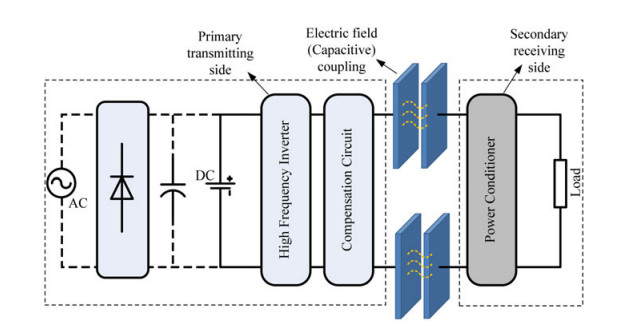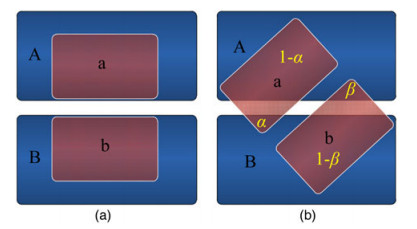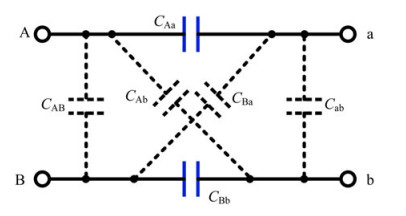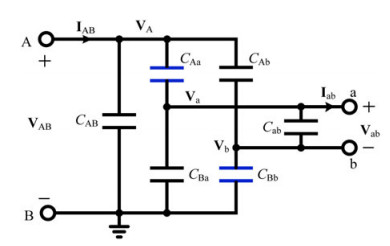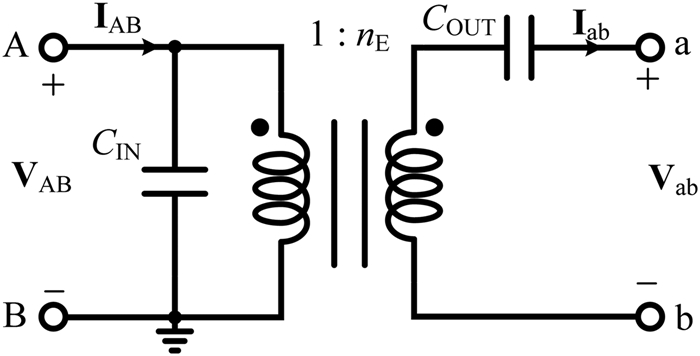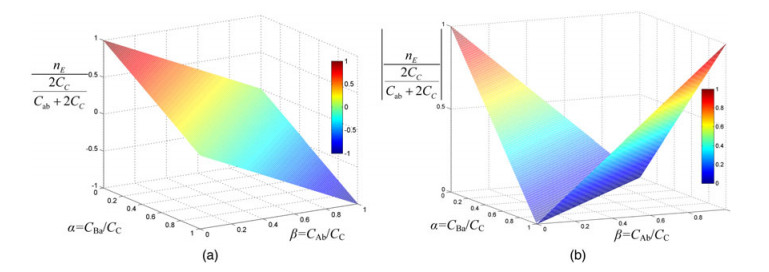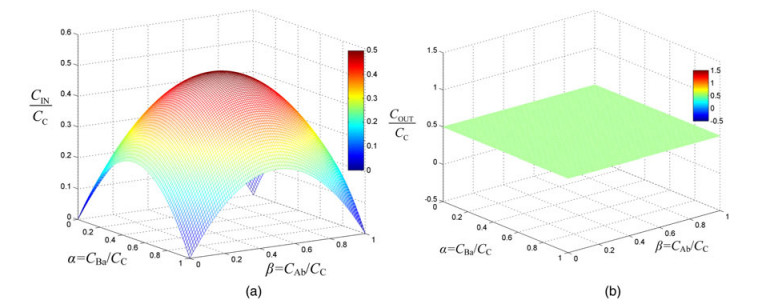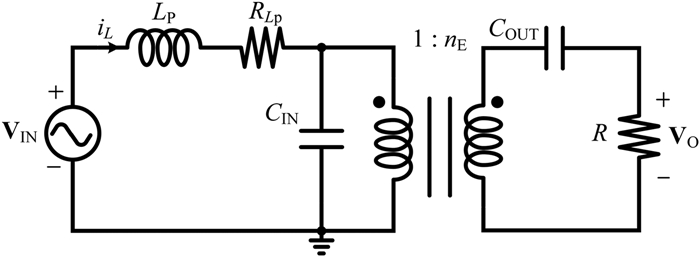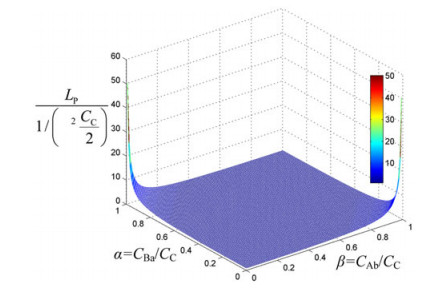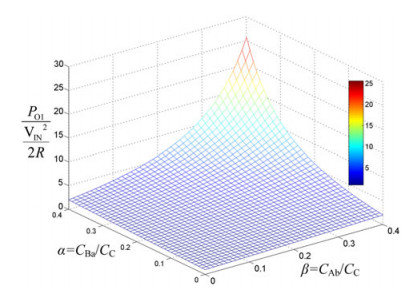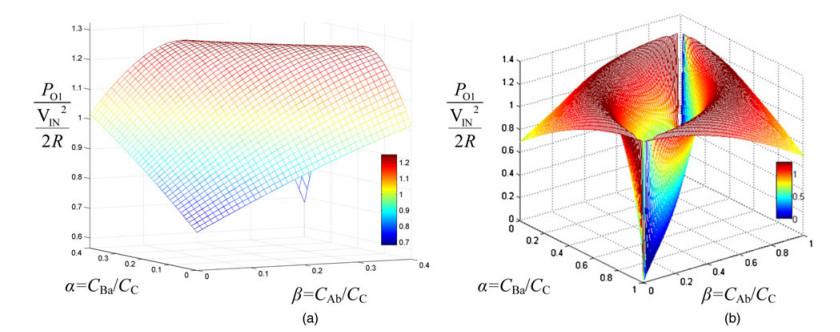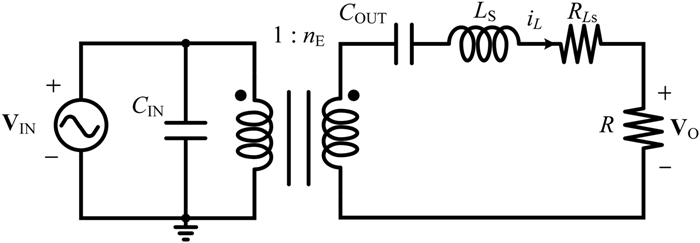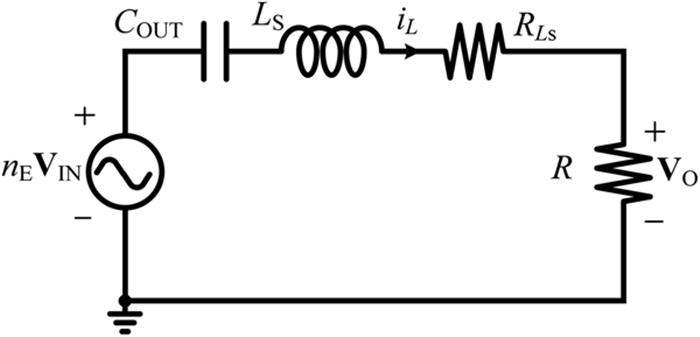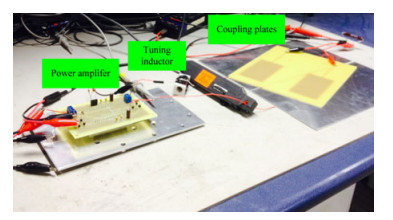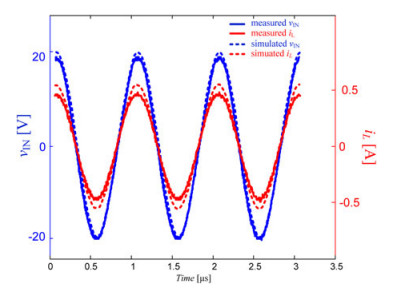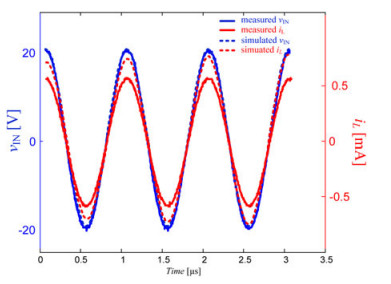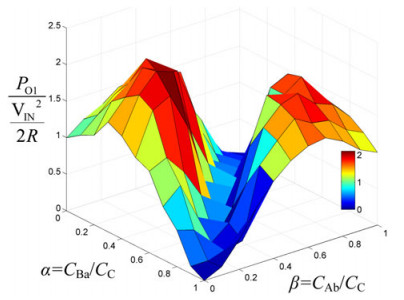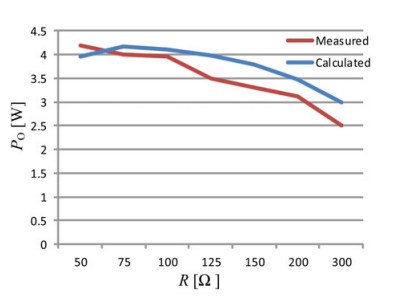Accurate steady-state modeling of capacitive-coupling interface of capacitive power transfer systems with cross-coupling
-
1.
Department of Electrical and Computer Engineering, The University of Auckland, Auckland, New Zealand. Phone: +64 22 095 0972
-
2.
College of Automation, Chongqing University, Chongqing, Sichuan, China
More Information
-
Author Bio:
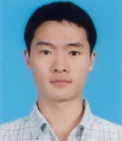 Liang Huang
Liang Huang received his B.Sc. degree in Electrical Engineering from Huazhong University of Science and Technology, Wuhan, China, in 2008 and received his M.E. degree in Mechatronic Engineering from Chongqing University, Chongqing, China, in 2011. He is presently pursuing the Ph.D. degree in Power Electronics at The University of Auckland, Auckland, New Zealand. His main research interests are the field of power electronics, including the design and optimization of high frequency converters, wireless power transfer, and capacitive power transfer.
 Aiguo Patrick Hu
Aiguo Patrick Hu graduated from Xian JiaoTong University, China, with B.E. and M.E. degrees in 1985 and 1988, respectively. He received his Ph.D. degree from the University of Auckland in 2001 before he worked as a Lecturer, Director of China–Italy Cooperative Technical Training Centre in Xian, and the General Manager of a technical development company. He holds more than 10 patents in wireless/contactless power transfer and microcomputer control technology, published more than 130 referred journal and conference papers, authored the first monograph on wireless inductive power transfer technology, and contributed four book chapters on inductive power transfer modeling/control and electrical machines. Dr. Patrick is now with the Department of Electrical and Computer Engineering, The University of Auckland, New Zealand, and also a Guest Professor of Chongqing University. His research interests include wireless/contactless power transfer technologies and application of power electronics in renewable energy systems.
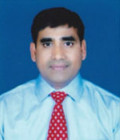 Akshya K. Swain
Akshya K. Swain received his B.Sc. degree in Electrical Engineering and the M.Sc. degree in Electronic Systems and Communication from Sambalpur University, Sambalpur, India, in 1985 and 1988, respectively, and the Ph.D. degree from the Department of Automatic Control and Systems Engineering, University of Sheffield, Sheffield, UK, in 1997. From 1994 to 1996, he was a Commonwealth Scholar in the UK. Since September 2002, he has been with the Department of Electrical and Computer Engineering, The University of Auckland, Auckland, New Zealand. His present research interests include nonlinear system identification and control, biomedical signal processing, sensor networks, and control applications to power system and wireless power transfer systems. Dr. Swain is an Associate Editor of IEEE Sensors Journal and Member of the Editorial Board of International Journal of Automation and Control and International Journal of Sensors, Wireless Communications, and Control.
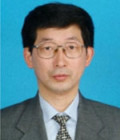 Yu-Gang Su
Yu-Gang Su (M'09) received his B.E. and M.E. degrees in Industry Automation, and the Ph.D. degree in Control Theory and Control Engineering from Chongqing University, Chongqing, China, in 1985, 1993, and 2004, respectively. From 2008 to 2009, he was a Visiting Scholar at the University of Queensland, Brisbane, Australia. He is presently a Professor at the College of Automation, Chongqing University. His research interests include power electronics, control theory and applications, wireless power transfer
-
Corresponding author:
L. Huang Email: lhua571@aucklanduni.ac.nz
-
Abstract
Capacitive power transfer (CPT) technology can achieve wireless power transfer based on electric field coupling. However, practical CPT systems often have cross-coupling between coupling plates of the capacitive-coupling interface, which makes accurate system analysis and compensation design tedious and complicated. In this paper, an accurate steady-state equivalent circuit model of the capacitive-coupling interface with cross-coupling is established. The model includes a parallel input capacitor linked with a series output capacitor by an ideal transformer whose turns ratio reflects the extent of cross-coupling between the plates. Effects of coupling variation on the model are analyzed in detail. The model is used for primary and secondary tuning design to achieve the maximum power transfer of a CPT system with cross-coupling. The effectiveness of the proposed model is demonstrated by both simulations and experimental results.
-
About this article
Cite this article
Huang L, Hu AP, Swain AK, Su Y. 2016. Accurate steady-state modeling of capacitive-coupling interface of capacitive power transfer systems with cross-coupling. Wireless Power Transfer 3(1): 53-62 doi: 10.1017/wpt.2016.2
|
Huang L, Hu AP, Swain AK, Su Y. 2016. Accurate steady-state modeling of capacitive-coupling interface of capacitive power transfer systems with cross-coupling. Wireless Power Transfer 3(1): 53-62 doi: 10.1017/wpt.2016.2
|









 Liang Huang received his B.Sc. degree in Electrical Engineering from Huazhong University of Science and Technology, Wuhan, China, in 2008 and received his M.E. degree in Mechatronic Engineering from Chongqing University, Chongqing, China, in 2011. He is presently pursuing the Ph.D. degree in Power Electronics at The University of Auckland, Auckland, New Zealand. His main research interests are the field of power electronics, including the design and optimization of high frequency converters, wireless power transfer, and capacitive power transfer.
Liang Huang received his B.Sc. degree in Electrical Engineering from Huazhong University of Science and Technology, Wuhan, China, in 2008 and received his M.E. degree in Mechatronic Engineering from Chongqing University, Chongqing, China, in 2011. He is presently pursuing the Ph.D. degree in Power Electronics at The University of Auckland, Auckland, New Zealand. His main research interests are the field of power electronics, including the design and optimization of high frequency converters, wireless power transfer, and capacitive power transfer.  Aiguo Patrick Hu graduated from Xian JiaoTong University, China, with B.E. and M.E. degrees in 1985 and 1988, respectively. He received his Ph.D. degree from the University of Auckland in 2001 before he worked as a Lecturer, Director of China–Italy Cooperative Technical Training Centre in Xian, and the General Manager of a technical development company. He holds more than 10 patents in wireless/contactless power transfer and microcomputer control technology, published more than 130 referred journal and conference papers, authored the first monograph on wireless inductive power transfer technology, and contributed four book chapters on inductive power transfer modeling/control and electrical machines. Dr. Patrick is now with the Department of Electrical and Computer Engineering, The University of Auckland, New Zealand, and also a Guest Professor of Chongqing University. His research interests include wireless/contactless power transfer technologies and application of power electronics in renewable energy systems.
Aiguo Patrick Hu graduated from Xian JiaoTong University, China, with B.E. and M.E. degrees in 1985 and 1988, respectively. He received his Ph.D. degree from the University of Auckland in 2001 before he worked as a Lecturer, Director of China–Italy Cooperative Technical Training Centre in Xian, and the General Manager of a technical development company. He holds more than 10 patents in wireless/contactless power transfer and microcomputer control technology, published more than 130 referred journal and conference papers, authored the first monograph on wireless inductive power transfer technology, and contributed four book chapters on inductive power transfer modeling/control and electrical machines. Dr. Patrick is now with the Department of Electrical and Computer Engineering, The University of Auckland, New Zealand, and also a Guest Professor of Chongqing University. His research interests include wireless/contactless power transfer technologies and application of power electronics in renewable energy systems.  Akshya K. Swain received his B.Sc. degree in Electrical Engineering and the M.Sc. degree in Electronic Systems and Communication from Sambalpur University, Sambalpur, India, in 1985 and 1988, respectively, and the Ph.D. degree from the Department of Automatic Control and Systems Engineering, University of Sheffield, Sheffield, UK, in 1997. From 1994 to 1996, he was a Commonwealth Scholar in the UK. Since September 2002, he has been with the Department of Electrical and Computer Engineering, The University of Auckland, Auckland, New Zealand. His present research interests include nonlinear system identification and control, biomedical signal processing, sensor networks, and control applications to power system and wireless power transfer systems. Dr. Swain is an Associate Editor of IEEE Sensors Journal and Member of the Editorial Board of International Journal of Automation and Control and International Journal of Sensors, Wireless Communications, and Control.
Akshya K. Swain received his B.Sc. degree in Electrical Engineering and the M.Sc. degree in Electronic Systems and Communication from Sambalpur University, Sambalpur, India, in 1985 and 1988, respectively, and the Ph.D. degree from the Department of Automatic Control and Systems Engineering, University of Sheffield, Sheffield, UK, in 1997. From 1994 to 1996, he was a Commonwealth Scholar in the UK. Since September 2002, he has been with the Department of Electrical and Computer Engineering, The University of Auckland, Auckland, New Zealand. His present research interests include nonlinear system identification and control, biomedical signal processing, sensor networks, and control applications to power system and wireless power transfer systems. Dr. Swain is an Associate Editor of IEEE Sensors Journal and Member of the Editorial Board of International Journal of Automation and Control and International Journal of Sensors, Wireless Communications, and Control.  Yu-Gang Su (M'09) received his B.E. and M.E. degrees in Industry Automation, and the Ph.D. degree in Control Theory and Control Engineering from Chongqing University, Chongqing, China, in 1985, 1993, and 2004, respectively. From 2008 to 2009, he was a Visiting Scholar at the University of Queensland, Brisbane, Australia. He is presently a Professor at the College of Automation, Chongqing University. His research interests include power electronics, control theory and applications, wireless power transfer
Yu-Gang Su (M'09) received his B.E. and M.E. degrees in Industry Automation, and the Ph.D. degree in Control Theory and Control Engineering from Chongqing University, Chongqing, China, in 1985, 1993, and 2004, respectively. From 2008 to 2009, he was a Visiting Scholar at the University of Queensland, Brisbane, Australia. He is presently a Professor at the College of Automation, Chongqing University. His research interests include power electronics, control theory and applications, wireless power transfer 


